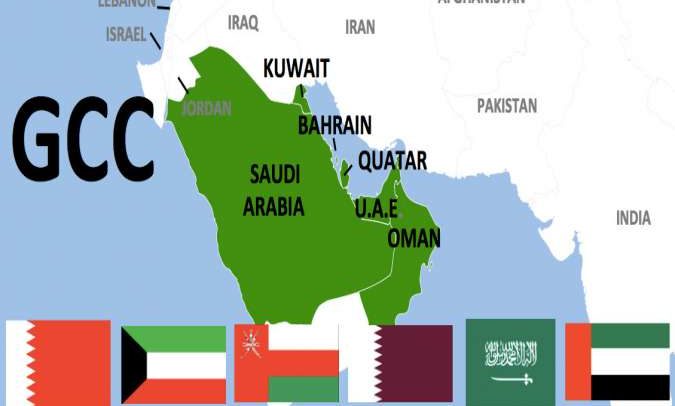Gifting new tourism experiences to its travelers, the Gulf Cooperation Council (GCC) is progressing towards a position of being a world-class global tourism hub now. In the journey, successful endeavors of the UAE, Kingdom of Bahrain, Kingdom of Saudi Arabia and the Sultanate of Oman should be commendable.
As per reports, with a 6 per cent high from the previous year, the GCC recorded 1.4 billion international tourist arrivals in 2018, which again approves their constructive efforts. Taking advantages of the competitive tourism games nationwide, the GCC has successfully marked its greater presence on the regional as well as the global tourism map.
If we go by the statistics, reports say, as the most coveted destinations for the tourists across the globe, the UAE along with Abu Dhabi and Dubai, receive more than 10 million visitors annually and tuning in with them, Sharjah is emerging as another hotspot with its rapidly increasing tourism appeal with a record of 1.7 million tourist arrival in 2017.
On the other hand, a large number of tourists of the region have flown to different destinations around the world too. In this regard Arab airline companies have significantly contributed to international travel and tourism by accessing various global destinations.
The Gulf countries are in fact, ambitious in their touristic approach. Citing this, Nidal Abou Zaki, Managing Director, Orient Planet Group, worded, “To meet the growing demand of international travelers, the Gulf’s regional tourism sector is witnessing an expeditious developmental programmes. Tourism bodies have been developing a wide range of options that cater to various types of visitors. These activities incorporate health tourism, cultural events, entertainment, heritage, eco-tourism, music festivals, which reflect the richness of the Arabian Gulf’s natural, historical, and cultural heritage. In the line of their ambitious drive to diversify its economy, GCC countries have been relentlessly promoting attractive tourism elements – is quite evident in the results of our report. This particularly, rewarded their efforts to bring the tourism sector to a new level of growth and competitiveness.”
With 5A (Accommodation, Accessibility, Activities, Amenities, Attractions) developmental plan GCC countries have embarked on an aspiration to diversify their touristic offerings and have initiated huge investments during the last 10 years to improve, expand and modernize their infrastructure.
In this prospective, Oman Tourism Ministry’s Tourism Strategy 2040 aims to attract 11.7 million travelers by 2040, out of which 5 million will be leisure and business visitors. The country is also exploring potentials in providing services in the meetings, incentives, conferences, and exhibitions (MICE) sector. Oman’s direct air-connection with the world’s leading destinations, entertained by Oman Air and Salam Air to and from the new Muscat International Airport will be found beneficial for this.
Similarly, Saudi Arabia has a number of tourism projects worth USD 11.6 billion, in the pipeline. To achieve the Saudi Vision by 2030, the Kingdom plans to invest up to USD 64 billion to develop cultural, leisure and entertainment projects.
Bahrain, in this respect is not far behind. The city is expected to complete its new international exhibition center in Sakhir by 2021. After being done, the exhibition center will be 10 times bigger than its current size.
Kuwait, with its key tourism initiatives led by an ongoing developmental project of five islands, is also on the same track. Its developmental schemes have an investment value of up to USD 160 billion.
According to the World Travel and Tourism Council, GCC’s investments centering on travel and tourism are expected to reach up to USD 1 billion by 2027.
In this way, the economic union is all set to rule the tourism domain of the world and what left is the need to strengthen regulatory and legal frameworks governing its tourism industry to drive the growth of this vital sector.

